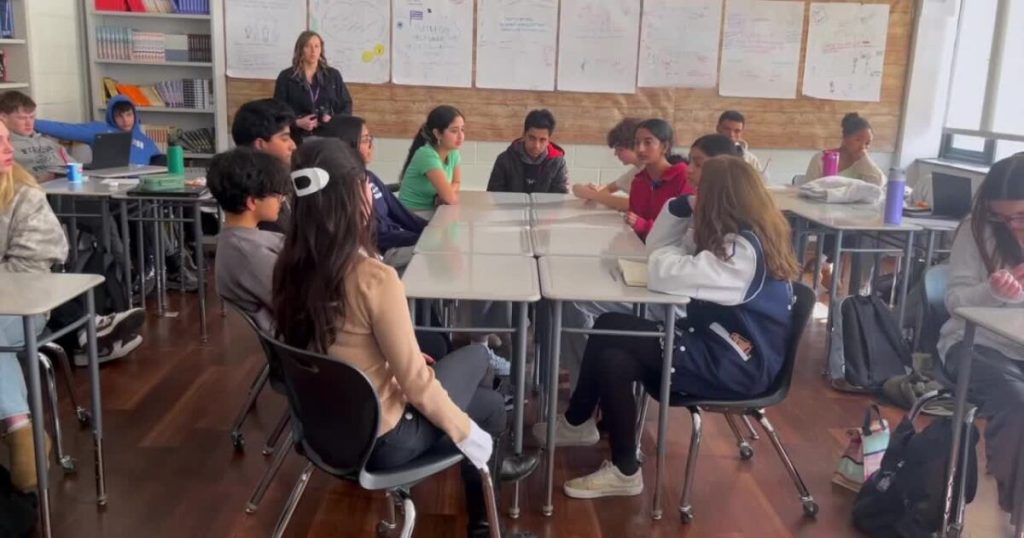The Rise of AI and the Fight Against Misinformation: Navigating the Digital Landscape
In an era of readily accessible information, the proliferation of artificial intelligence (AI) has ushered in both exciting possibilities and concerning challenges. While AI holds the promise of revolutionizing various aspects of our lives, its potential for misuse, particularly in generating deceptive content, has become a pressing issue. From fabricated images and videos to manipulated voice recordings, the ability of AI to create convincing "deepfakes" poses a significant threat to truth and trust in the digital age. This rise of AI-generated misinformation requires us to develop critical thinking skills and adopt strategies to discern fact from fiction.
One of the most alarming manifestations of AI misuse is its role in exacerbating existing societal problems like bullying and harassment. The creation and dissemination of deepfakes can be weaponized to inflict emotional distress, damage reputations, and spread false narratives. The case of revenge porn, where manipulated images and videos are used to humiliate and exploit individuals, highlights the devastating consequences of this technology in the wrong hands. Law enforcement officials, like Britton Foreman, a digital forensics expert with the Wayne County Sheriff’s Office, are witnessing a surge in cases involving AI-generated content used for malicious purposes. The ease with which such content can be created and shared presents a formidable challenge for authorities and victims alike.
Despite the difficulty in identifying AI-generated content, experts offer some guidance on spotting these digital fabrications. Foreman suggests scrutinizing images and videos for subtle inconsistencies. Unnaturally perfect skin, distorted fingers, and unrealistic backgrounds can be telltale signs of manipulation. However, as AI technology advances, these imperfections become increasingly difficult to detect, blurring the lines between reality and fabrication. This blurring effect is particularly evident to younger generations who are constantly immersed in the digital world.
Teenagers, like Ariana Rogers and her classmates at Farmington High School, are acutely aware of AI’s pervasive presence in their lives. They encounter AI-generated content regularly, often noticing the subtle glitches and inconsistencies that betray its artificial origin. From mismatched hair textures to impossible body postures, these digital artifacts serve as reminders of the technology’s limitations. However, rather than shying away from this rapidly evolving technology, many students are eager to understand and utilize its potential. Karthik Velvadapu, a student who advocated for greater AI integration in his school’s curriculum, recognizes AI’s transformative power and believes it’s essential for students to develop proficiency in this area.
Educators, too, are grappling with the implications of AI in the classroom. Mr. Franks, an English teacher at Farmington High School, sees AI as a tool that requires careful consideration and integration. He emphasizes the importance of teaching students critical thinking skills, particularly in evaluating the reliability of information sources, including AI-generated content. This involves moving beyond simplistic notions of right and wrong and engaging in nuanced discussions about the gray areas of information credibility. Just as the internet initially faced skepticism and concerns, AI’s emergence demands a thoughtful approach to harness its benefits while mitigating its risks.
In a world increasingly saturated with information, both real and fabricated, developing a discerning eye and cultivating healthy digital habits are crucial. Foreman advises stepping away from social media and engaging in real-world interactions to maintain perspective and combat the overwhelming influx of digital content. This advice is particularly relevant for teenagers who are often deeply immersed in the online world. By fostering critical thinking skills, promoting media literacy, and encouraging balanced digital consumption, we can empower ourselves and future generations to navigate the complex digital landscape and discern truth from the growing tide of AI-generated misinformation.


